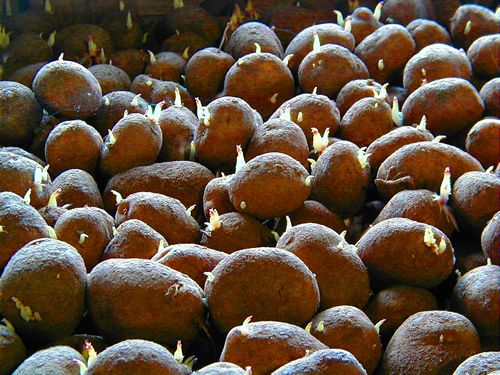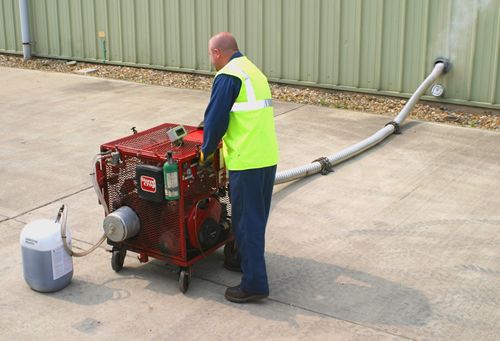
As timings of next CIPC applications come to the top of the agenda for store management, growers are advised not to lose sight of the importance of using the sprout suppressant CIPC correctly so levels remain within strict residue limits.
The advice comes from CIPC stewardship group member, Certis, after a difficult start which left some contractors having to cope with hard decisions.
’Many contractors have had to grapple with the high autumn temperatures in some stores and have made an earlier start with GroStop applications at higher than anticipated doses in order to effectively suppress growth,’ explains Dr Tudor Dawkins of Certis.
’But this early start to CIPC programs is also leading to the need, in some situations, for an earlier follow-up treatment, than was planned.’

As York based contractor Chris Pryor comments; ’You have to make sure that early high dose rates used don’t cause you to use up the total permitted amount of active ingredient before the season is finished.’
Craig Herkis from CSC Crop protection, East Lothian, too is mindful of preserving the CIPC allowance for the duration of the storage season. ’Nowadays, most of our crops are being supplied to the supermarkets right up until the end of the season and we need to maintain the crops’ quality right up until then.’
As Dr Dawkins explains; ’It’s a delicate balance keeping CIPC use to the minimum dose necessary ’ which may help with residues ’ whilst at the same time ensuring sufficient product is used to maintain the suppression of sprouting for the duration of the storage season.’
’Growers and managers need to be regularly monitoring the crop for any signs of change so that doses are applied according to need,’ he advises. ’Dose rate flexibility is one of the main reasons our customers choose Grostop,’ notes Tudor.
’GroStop can deliver a low amount of active ingredient whilst still being effective, due to the even distribution achieved with the dry fog produced helping to keep residues below the 10mg/kg MRL.’
Certis are also reminding growers to conduct a thorough store check before commencing with second CIPC applications.’ Visit http://www.potato.org.uk/crop-storage/best-practice for the Potato Industry CIPC Stewardship Group Store Checklist.
